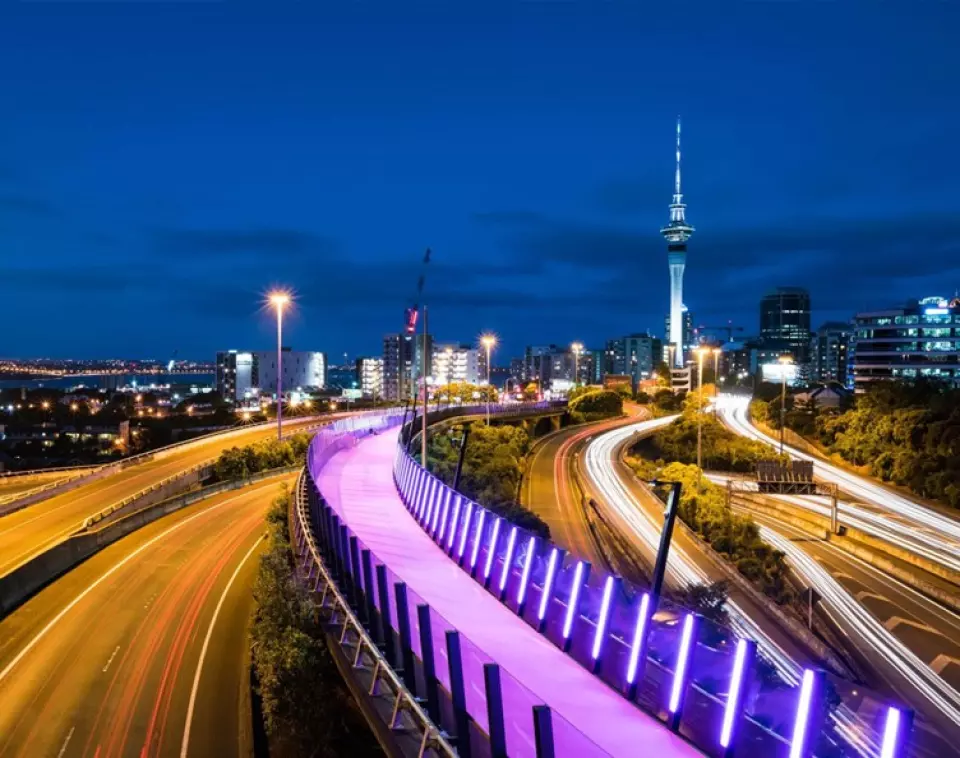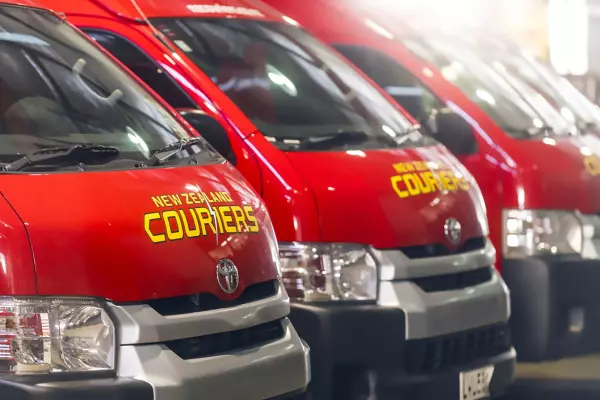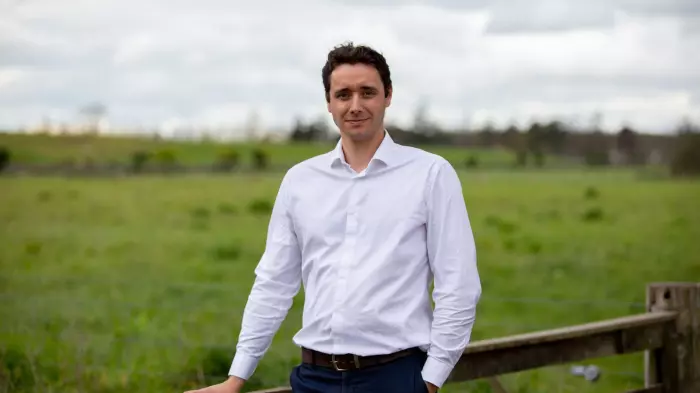Data and tech we already have can cut costs and build a better NZ.
Our population is growing and our cities are expanding – and New Zealand’s aging infrastructure is buckling under the pressure. We must invest in the right projects, and maintain our critical systems, to build a sustainable and connected future for Aotearoa.
Some of this work will inevitably require massive budgets and long timeframes, but not every solution is about an enormous construction project. Technology such as artificial intelligence (AI) and the analysis of big data can play a vital role by helping us get the most out of our existing infrastructure and make better-informed decisions about future investments. While technology such as AI can’t build new roads or upgrade our electricity grid, it can improve the way we use natural resources, reduce losses, and boost efficiency. It might even be able to save us all money on our utilities bills.
Using AI to detect high-occupancy vehicles and adjust tolls automatically
By using AI to monitor infrastructure use, we can predict and eventually direct how we use essential resources. Data on how we use our infrastructure can be automatically sorted by AI, instantly anonymised and made available for use. This allows us to tweak our behaviour so we can smooth out peaks and take some of the load off our systems.
“Take roading, for example. It’s idly doing nothing most of the day and at peak capacity or above for only a short period of time,” says Campbell Featherstone, Partner at Dentons and a contributor to its Transforming Challenges into Opportunities: A new era of infrastructure delivery report. “If we could use technology to better understand demand, we could give people more control over when they use the road. For instance, businesses might choose to send their trucks down a toll road at 2am to get cheaper rates.”
Dynamic tolling isn’t just an idea. It’s already being deployed by Spanish tech company Indra on toll roads in Israel and the US. The systems use AI to automatically detect high-occupancy vehicles, while algorithms adjust tolls to the level of traffic in a way that’s designed to encourage car sharing and taking the bus. The entire system is free-flowing, using the same type of numberplate detection that NZTA utilises in Tauranga and Auckland.
If Auckland’s proposed congestion charges are introduced, dynamic tolling could reduce rates for Kiwis who are prepared to drive at off-peak times or carpool, helping reduce traffic jams.
‘Gamified’ apps let households save money on power
If we can smooth out the peaks on our roads, can we do the same for our struggling power grid? Some electricity retailers already offer apps that show how household power is being consumed and allows residents to save money by shifting their use. More widespread use of this technology could help Kiwis lighten the load at peak times, charging their EVs and running their dryers off-peak to save money and help keep the grid online.
“We can incentivise people with hours of free power or low rates to use it at off-peak times,” says Featherstone. “That’s a way to spread the load without having to necessarily upgrade infrastructure immediately. The apps also give us a sense of control – it’s like playing a game. Can I come out better off? Can I see how good I am at saving money?”
Leak detection could save millions of lost litres each week
Leaking water infrastructure is adding to the water woes of many local councils and for many of us it’s hugely frustrating to watch water gushing down the street when you’re being told to stop watering your garden. Leaks lead to the loss of an estimated $122 million worth of water each year, according to calculations by the Public Health Communication Centre Aotearoa.
Existing technology for detecting and mapping leaks is impressive, with deep neural network audio detection achieving over 90% accuracy in field trials. Even less accurate systems that rely on flow pressure monitoring pay dividends. One UK water company saved itself more than £1.3 million annually thanks to automated leak detection, according to Sand Technologies. Its system created a consolidated real-time map of the system, found leaks early and predicted outages in time for them to be prevented.
“With reliable sources of good information, like current network use and trajectory, we can more easily and accurately model future demand,” Featherstone explains. “That’s the basis of better decisions – and when it comes to our infrastructure, smart and well-informed decisions are needed.”
A low-cost, high-reward way to improve our infrastructure
Opening up access to infrastructure use data also presents an opportunity for innovation, Featherstone adds. When the public sector creates open datasets, the private sector can find ways to turn this into value-added products and services. This can all be done without compromising on individual privacy rights; in some cases, data can be aggregated and anonymised before it is ever transmitted.
In the UK, for instance, CityMapper integrates different transport datasets to create a single source of real-time travel information across cars, buses, trains and trams.
“You can sit in the pub and see how many people are on the number two bus. If it’s chocka, you can relax and have another drink while you wait for the next one,” says Featherstone. “Tech like this means everyone can make better use of existing transport infrastructure.”
Even without the potential for private sector innovation, investing in technology to collate reliable data sets and inform decision-making is hugely cost-effective compared to physical projects. “The benefits would be pretty significant. If you can use the data to halve the cost of even a single billion-dollar project, you’re laughing all the way to the bank.”
To find out more about how New Zealand can overcome the challenges we currently face in the infrastructure sector, click here to read our report and get in touch: Dentons in New Zealand - Transforming Challenges into Opportunities: A new era of infrastructure delivery.






